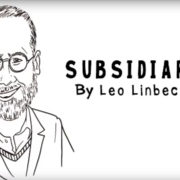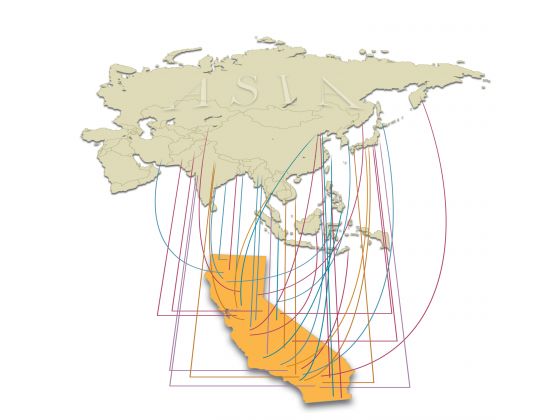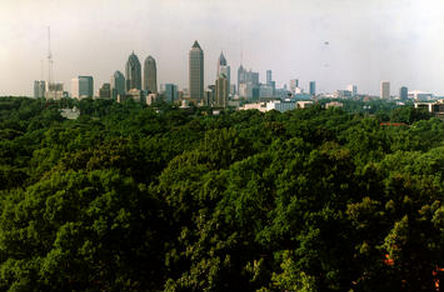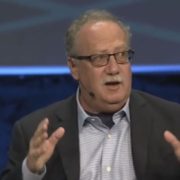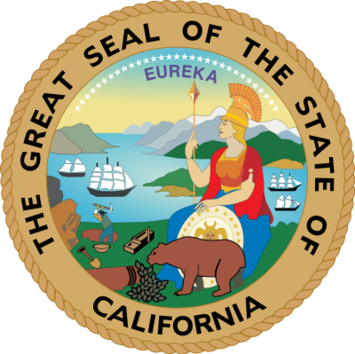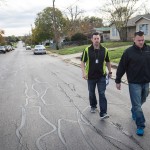Serfs up with California’s new feudalism
By Joel Kotkin…
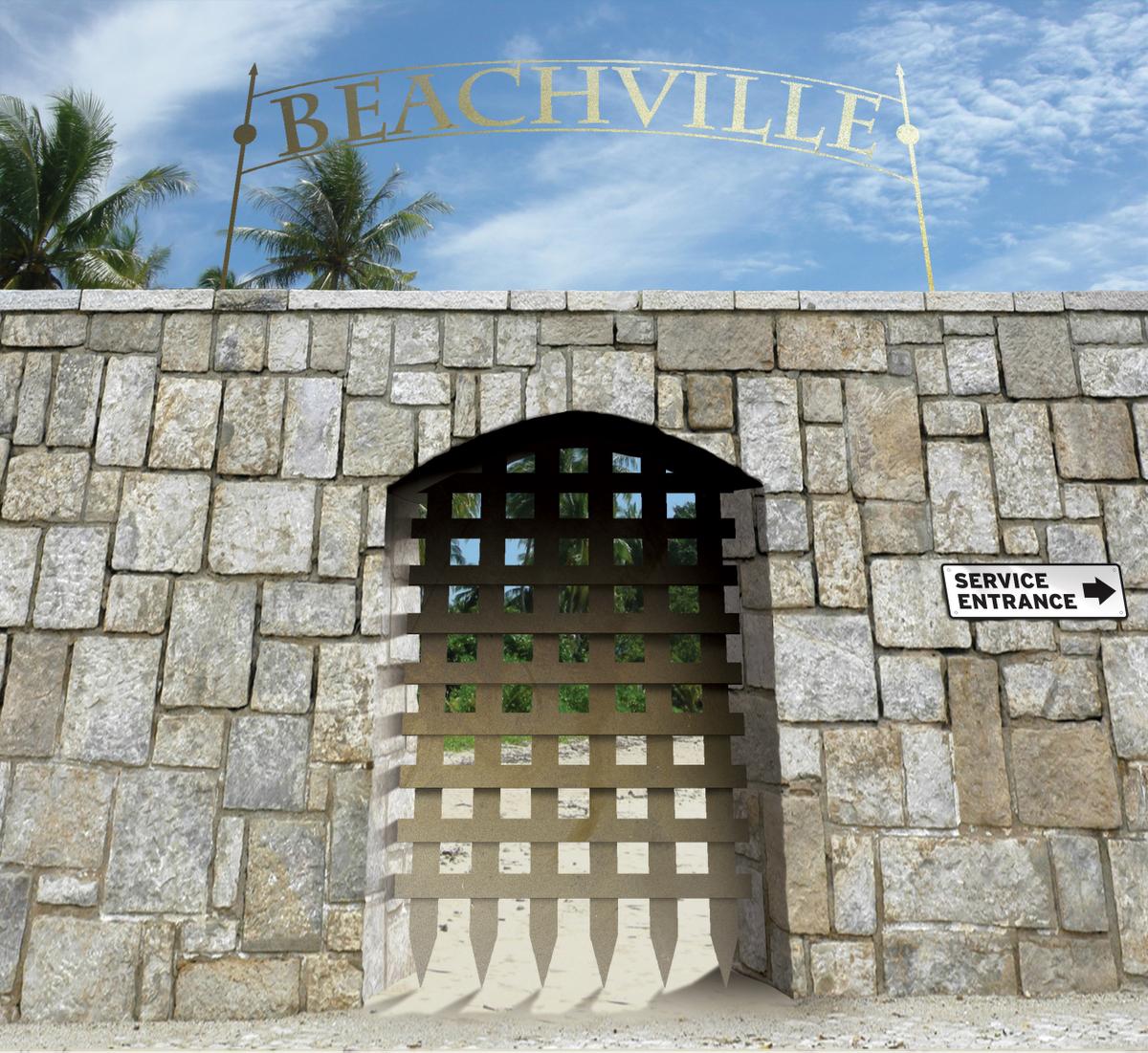
ILLUSTRATION BY CHRIS MORRIS, CONTRIBUTING ARTIST
Is California the most conservative state?
Now that I have your attention, just how would California qualify as a beacon of conservatism? It depends how you define the term.
Since the rise of Ronald Reagan, most conservatives have defined themselves by pledging loyalty to market capitalism, supporting national defense and defending sometimes vague “traditional” social values. Yet in the Middle Ages, and throughout much of Europe, conservatism meant something very different: a focus primarily on maintaining comfortable places for the gentry, built around a strong commitment to hierarchy, authority and a singular moral order.
Until recently, modern California has not embraced this static form of conservatism. The biggest difference between a Pat Brown or a Reagan was not their goals – greater upward mobility and technical progress – but how they might be best advanced, whether through the state, the private sector or something in-between. Under both leaders, California evolved into a remarkable geography of opportunity.
In contrast, California’s new conservatism, often misleadingly called progressivism, seeks to prevent change by discouraging everything – from the construction of new job-generating infrastructure to virtually any kind of family-friendly housing. The resulting ill-effects on the state’s enormous population of poor and near-poor – roughly-one third of households – have been profound, although widely celebrated by the state’s gentry class.
Demographics of a new feudalism
One factor that made California such a disruptive economic, cultural and political force was its large percentage of people hailing from elsewhere. Yet as California’s basic costs, notably for housing, have risen to well above the national average, even adjusted for incomes, the state has become ever more dependent on those born here and far less on obstreperous outsiders.
In the 1930s, barely a third of Californians were born in the state, and the share remained less than half unti about 2000. Today more than 55 percent of state residents are natives. This trend will become more pronounced in the next generation, as more than 70 percent of teens and young adults in California were born instate, up from barely half in 1990. At the same time, more domestic inward migration has dropped; since 2000 the state has lost a net 1.7 million domestic migrants.
Even immigration, long a major source of new energy for the state, has been trending down. The foreign-born population is no longer growing rapidly and, as a recent USC report suggests, the next generation will be largely homegrown: over 90 percent of children in California are homegrown.
The USC researchers label this shift “the homegrown revolution.” On the positive side, they argue, this shift to the native population could provide greater stability in a state that has generally lacked that characteristic. But societies dominated by the native-born – think of the Deep South traditionally, the Midwest or much of Europe outside the large cities – also tend to be conservative in their nature, often more interested in preservation of status quo – whatever that might be – than shaking things up.
Home to Greatest Inequality
At a time when twenty-something billionaires are being minted, largely in the Bay Area, California’s middle class is being hammered. The state now ranks third from the bottom, ahead of only New York and the District of Columbia, for the lowest homeownership rate, some 54 percent, a number that since 2009 has declined 5 percent more than the national average. The peasants, it appears, are expected to remain landless much longer, or be forced to leave the state.
Rather than a land of opportunity, our “new” California increasingly resembles a class-bound medieval society. The proportion of aggregate income taken by the top 1 percent is greatest in a couple of Californian metros, San Francisco and San Jose, as well as New York. California is the most unequal state when it comes to well-being, according to the report by Measure of America, which is a project of the Social Science Research Council.
These inequities clearly aren’t changing the state’s policy direction. Gov. Jerry Brown explains the state’s leading poverty rate as simply a reflection of how grand things are and California’s natural attractiveness. Poverty, he says, is “really the flip side of California’s incredible attractiveness and prosperity.” It’s a view not far from the old excuse espoused by British tories, that “the poor will always be with us.”
This inequality is being justified – and made worse – by attempts to turn California into a mecca for the most extreme measures to reduce greenhouse gases. Like a good medievalist, Brown blames this one phenomenon for virtually everything, from wildfires to the drought and mass migrations. Like a medieval cleric railing against sin, Brown seems somewhat unconcerned that his beloved “coercive power of the state” is also largely responsible for California’s high electricity prices, regulation-driven spikes in home values and the highest oil prices in the continental United States.
Once the beacon of opportunity, California is becoming a graveyard for middle-class aspiration, particularly among the young. In a recent survey of states where “the middle class is dying,” based on earning trajectories for middle-income cohorts, Business Insider ranked California first, with shrinking middle-class earnings and the third-highest proportion of wealth concentrated in the top 20 percent of residents.
New theology emerges
How can this approach be sold to the masses? The climate religion is key, since it implies that people’s suffering is endured for a greater cause. And, in classic medieval fashion, those who disagree can expect to be silenced and even subjected to criminal penalties. “God,” Gov. Brown recently suggested, “is not mocked.”
The new religion had better be strong, given what it will ask of the masses. Increasingly, the honest green answer – as opposed to the “green jobs” chimera sold by well-financed environmental publicists – is to move our society away from the competitive, capitalistic system which, for all its flaws, has created unprecedented global wealth. One popular idea, particularly in Europe, is to embrace the idea of “degrowth,” which even calls for removing such measures as GDP from consideration.
This approach has been bolstered by the entry into the fray of Brown’s former colleagues in the Roman Catholic Church, under Pope Francis. Brown, meanwhile, increasingly speaks of climate change in theological terms. Although it’s hardly the stuff of political campaigns, Brown embraces Francis’ opposition to increased “creature comforts” – like air conditioning – as part of a general move toward achieving the desired “level of enlightenment.”
Medievalism: A New Model?
For the past 170 years, California has stood at the apogee of rapid change, often using engineering – most notably with water and electricity – to build its economic power. Yet, just as the citizens of the declining Roman Empire began to lose faith in its systems, our leadership, both public and private, seems to have decided that most growth, except that what raises asset prices, is bad because of its inevitable effects on climate change.
This belief makes a certain amount of sense, particularly for those, notably public-sector workers, tech millionaires and affluent retired homeowners, who actually may benefit from stagnation. Widespread, broad-based growth and change is not necessary if your key goal is to pick up a comfy pension, or use regulations to up the value of your old single-family house. In contrast, the losers in this arrangement are the ascendant working class, young families and other newcomers.
For many who, in other times, might have come to California, coming here now, as Dartmouth College economist William Fischel has shown, means trying to enter “exclusionary regions.” Due to their often unattainable costs, the state’s most desirable urban centers – San Francisco, Silicon Valley, West Los Angeles, coastal Orange County and San Diego – seem destined to become enclaves primarily for the old, who bought homes during less-expensive times, the children of the rich, a transient young population and – of course – lots of low-paid service workers.
Meanwhile, the fastest growth in the ranks of college-educated millennials in recent years has been in such lower-cost regions as the four large Texas cities (Dallas-Fort Worth, Houston, San Antonio and Austin), Nashville, Tenn., and Orlando, as well as such “rust belt” cities as Pittsburgh and Cleveland. Families also are settling in small, relatively inexpensive metropolitan areas, such as Fayetteville in Arkansas and Missouri; Cape Coral and Melbourne in Florida; Columbia, S.C.; Colorado Springs and Boise, Idaho.
With California’s economy now largely tied to abstract reasoning and serving those with accumulated wealth, there may be little chance here for advancement by those whose talents lay with their hands or by grass-roots entrepreneurial guile. Once the land of opportunity, the Golden State, indeed, is devolving into something very fundamentally conservative: class-bound, dominated by natives and lacking in opportunities for all but a few. Our state leaders are building a future that boosts their senses of self-worth, while consigning much of our population to permanent status as serfs or struggling commoners.
Staff opinion columnist Joel Kotkin is R.C. Hobbs Presidential Fellow in Urban Studies at Chapman University. He is executive editor of www.newgeography.com and executive director of the Center for Opportunity Urbanism.
This article was originally published by the Orange County Register on 1/31/2016

